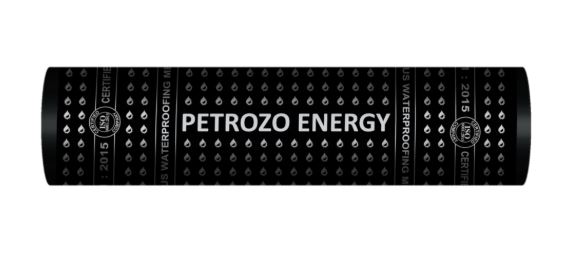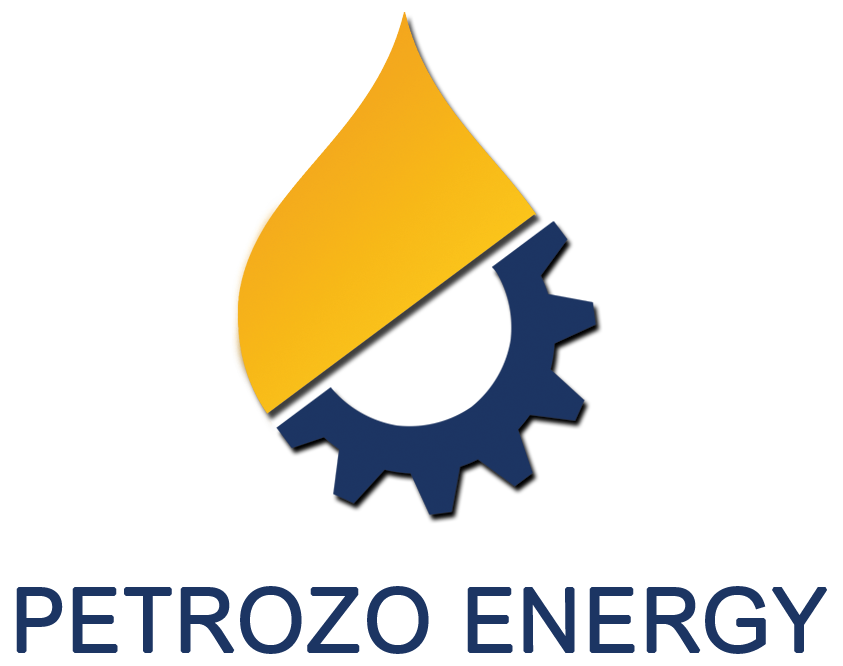POLYMER MODIFIED BITUMINOUS MEMBRANES
RHEOSEAL 4P&5P SL
RHEOSEAL 4P & 5P SL membranes are made by saturating and coating
a reinforcement core with a homogeneous thermoplastic blend of
APP (ATACTIC POLYPROPYLENE), distilled bitumen and stabilizers. The
mixture is carefully produced under controlled conditions to ensure
its thermal stability at high temperatures and flexibility at low
temperatures. RHEOSEAL 4P & 5P SL membranes are impermeable to
water & easy to apply.

Features & Benefits
- Good heat resistance
- Can accommodate structural movements because of excellent
flexibility - Good dimensional stability under tension
High tensile and tear strengths - High puncture and fatigue resistance
- Excellent resistance to positive water & vapor pressure
- High tensile and tear strengths
- Resistant to water borne chemicals
Roll Dimension
- RHEOSEAL 4P SL
- 1m x 10m
- RHEOSEAL 5P SL
- 1m x 8m
Application Process
Surface Preparation: Concrete surfaces should be free from cavities and projecting nibs. All surfaces shall be dry and free from contamination, frost & surface laitance.
Priming: For applications on concrete, coat the substrate with RHEOPRIME D41 primer at the rate of 4 – 5 m2/litre. Allow this coating to dry thoroughly. In time of high humidity, we recommend it should be left overnight.
Application: The RHEOSEAL 4P & 5P SL membranes should first be unrolled and positioned correctly. Each roll should overlap the adjacent roll by 100 mm Once the roll has been positioned correctly, the membrane should be rolled up again, taking care not to change its orientation. Using left to right movements, heat the lower surface of the membrane with a propane gas torch. This will cause slight surface melting and the molten bitumen will adhere to the surface. Then torch on the side overlap to the recommended size of 100 mm. Continue the above method for consecutive rolls remembering end-laps must be minimum 150 mm. Heat both the overlaps and use round tipped trowel to seal the overlap. Adequate heat is confirmed when a uniform flow of melted bitumen compound flows evenly in a bead that oozes from the applied membrane’s edges. Excess compound should be pressed into the seam using a heated trowel. Any un-bonded areas must be lifted and re-torched. Inspection of lap joints must be carried out to ensure total adhesion.
Exposed Roofing System: For exposed application, skirting, and flashings, RHEOSEAL 4P & 5P SL membranes are used. These are produced with a self- protecting layer of natural or colored slate flakes. The membranes are provided with a selvedge 10cms wide that is granule free. This facilitates forming of lap joints. End of roll joints are made by scrapping of 15cm of mineral flakes or heating 15cm of the mineral surface sufficiently to press in the slate and expose the bitumen. The next roll is then torched to the bitumen of the exposed area.
Downloads
Request A Call Back
Would you like to speak to one of our financial advisers over the phone? Just submit your details and we’ll be in touch shortly. You can also email us if you would prefer.
CAREERS
Contact us at the Career for openings
